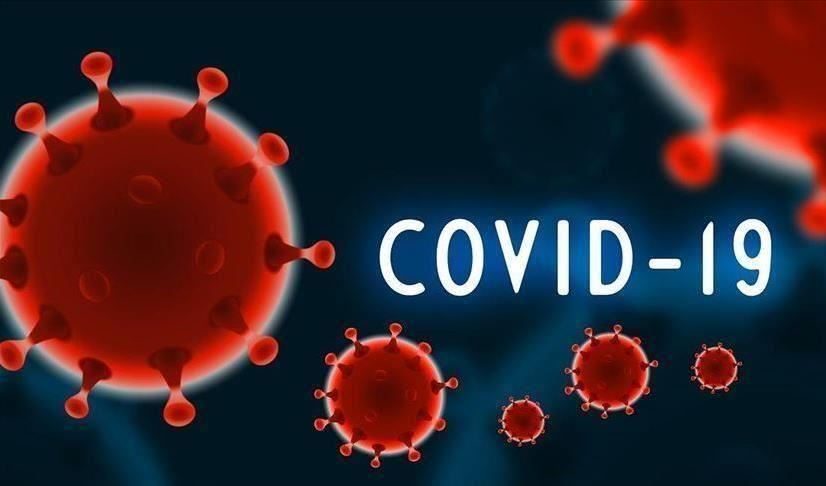As of 2024, COVID-19 symptoms commonly include fever, cough, and shortness of breath. Many also experience fatigue, muscle aches, and loss of taste or smell.
COVID-19 continues to evolve, with symptoms that often mimic those of the flu or a cold, making it a persistent concern for global health. Navigating the complexities of the pandemic, it’s essential to remain vigilant about the signs that mark a possible infection.
The current landscape of symptoms tracks familiar signs from previous years, with fever and cough prominent among reported cases. Notably, loss of taste and smell still differentiates COVID-19 from other respiratory illnesses. As the virus adapts, health authorities stress the importance of monitoring for emerging symptoms and staying updated with vaccination recommendations. Consistent testing and awareness are crucial for curbing the spread and safeguarding public health. Maintaining a grasp on the latest symptomatology helps communities and healthcare systems adapt to the challenges presented by COVID-19’s shifting landscape.

Credit: www.yalemedicine.org
Symptoms Of Covid-19
As we continue to navigate the pandemic, staying informed about Covid-19 symptoms remains crucial. Identifying these signs early can lead to prompt care and reduce the spread of the virus. Let’s explore the symptoms that appeared in 2024, ranging from common to long-term effects.
Common Symptoms
Common Symptoms
Many individuals with Covid-19 display common symptoms that can arise two to fourteen days after exposure. These include:
- Fever or chills, typically signifying the body’s fight against infection.
- Cough, often dry and persistent.
- Shortness of breath or difficulty breathing, indicating respiratory distress.
- Aches and pains, a widespread sensation across the body.
- Sore throat, causing discomfort and pain.
- Loss of taste or smell, a unique symptom of Covid-19.
Uncommon Symptoms
Uncommon Symptoms
Uncommon symptoms may affect different people and can include:
- GI issues, like nausea or vomiting.
- Skin rashes or discoloration of fingers or toes.
- Conjunctivitis (red eyes).
- Headaches that persist often.
- Dizziness or lightheadedness.
Long-term Symptoms
Long-term Symptoms
For some, Covid-19 can cause symptoms that last weeks or even months after recovery, known as ‘long Covid’. These may include:
- Fatigue that doesn’t improve with rest.
- Shortness of breath that continues during routine activities.
- Chest pain or heart palpitations, a sign of potential cardiac involvement.
- Brain fog, impacting concentration and memory.
- Joint or muscle pain persisting well after acute illness.

Credit: www.mdpi.com
Frequently Asked Questions For Covid Symptoms 2024
When Is Covid Symptoms The Worst
COVID symptoms typically peak within a week after onset, but severity can vary by individual.
Will We Ever Get Rid Of Covid?
Completely eradicating COVID-19 remains unlikely, as the virus continues to evolve. Herd immunity and vaccines can help manage its impact.
What Are Flu Symptoms 2024?
Flu symptoms in 2024 include fever, cough, sore throat, runny nose, body aches, headaches, and fatigue.
What Is The Quarantine Period For Covid-19?
The COVID-19 quarantine period is typically around 5-10 days, depending on symptom progression and test results.
Conclusion
As we navigate through 2024, staying alert to evolving COVID symptoms remains crucial. Recognizing these indicators swiftly ensures prompt care and community safety. Our health is paramount; safeguard it by staying informed and prepared. Together, we can continue to adapt and maintain vigilance against COVID’s impact on our lives.

